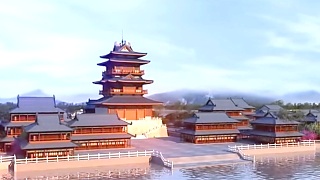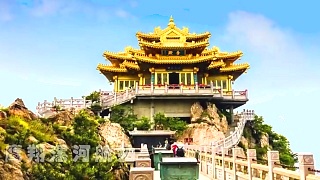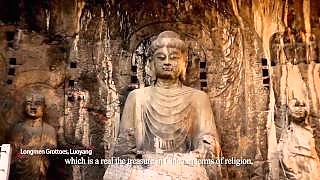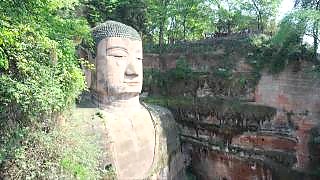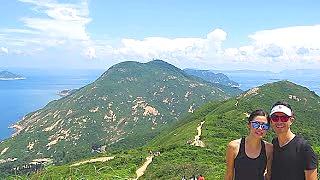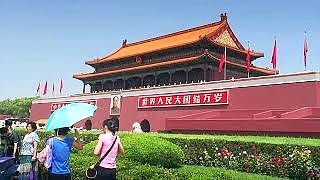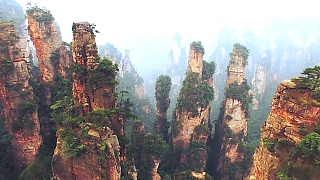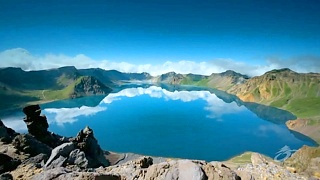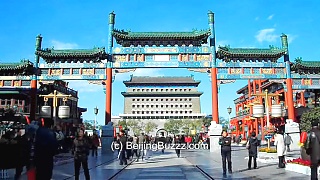LuoYang is one of the Four Great Ancient Capitals of China.
The White Horse Temple, BáiMǎSì 白马寺, was founded in 68 AD with the main building seen today dating from the Ming (1368 - 1644) and Qing (1644 - 1912) dynasties.
The temple is a 30 minute bus (No. 56) ride from LuoYang railway station.
[640],shadow=true,start=40,stop=
 The White Horse Temple, LuoYang 洛阳, HeNan province
The White Horse Temple, LuoYang 洛阳, HeNan province